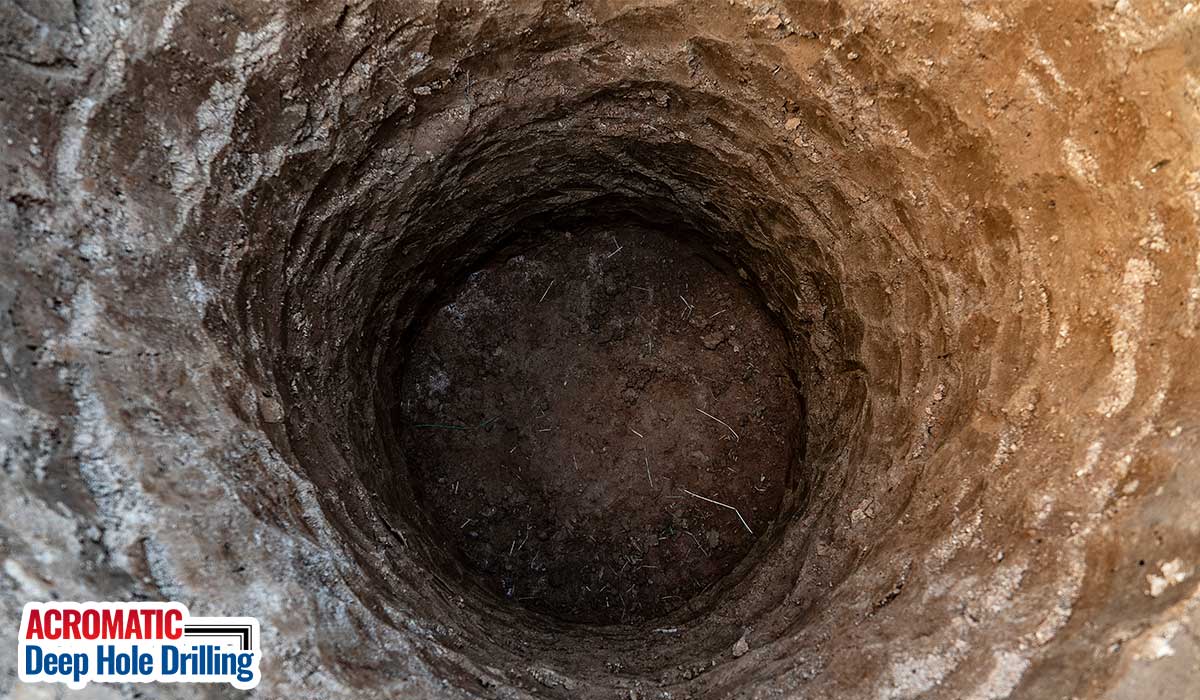
There are lots of industrial forms of machining and drilling. One of the more modern choices, particularly for set channels that travel through sizable parts, especially engine or machine blocks, includes deep hole drilling. This approach allows the part to become the tube for fluid travel or mechanical installation rather than having to strap the same with a pipe on the outside of the part or inserting a pipe into the block for similar.
Mechanically, deep hole drilling involves excavating a small but penetrating channel that, by length, is a multiplier of the hole itself. It is commonly applied in metal materials, everything from alloys to solid singular materials, especially for channel construction. Rather than complicated mold making that can often fail, the mold is instead formed as a solid block, and the deep hole is drilled after the fact. It’s a common application in many industries, most particularly aerospace part fabrication.
The primary critical factor in any kind of deep drilling, whether for aerospace drilling or other, is the need to control the friction and heat buildup that ultimately occurs as the drill head is doing its work. The debris needs to be moved out and the drill head has to be kept cool to do its work. Otherwise, the drill will seize inside the target material, creating an expensive mess to repair or salvage. Both problems are solved with a unique approach that uses lubricant fluid pumped into the hole while the drill works. The fluid as a coolant for the drill head as well as a transit medium carrying the debris out of the hole and exiting entirely out of the way.
How Do You Drill a Deep Hole in the Ground?
A comparative method of drilling long, deep channels with consistent size tends to be ground drilling. As the drill bit goes deeper, it reaches full extension. Normal drilling would only go as far as the drill bit itself as well as its arm. However, with deep hole drilling in the ground, extensions are installed which then continue to turn the drill bit and allow it to go deeper and deeper with each section. While machine drilling can use this method with enough torque and power, most aerospace drilling involves an extensive, long single shaft versus extensions.
Who Invented Deep Hole Drilling?
The first person to come up with a working design for a deep hole drilling machine was, interestingly, Leonardo da Vinci. While his apparatus was nowhere near what was needed for aerospace work, what he did come up with at the time, similar to a large lathe, involved a penetrating system that could create a deep, consistent cavity. However, it wasn’t until the beginning of the 19th century that the mechanical predecessor to deep drilling machines came into play, most often used in gun manufacturing. That predecessor design was then improved on in 1937 by a German machinist engineer, Borgsmuller, who created a closed drilling system that pushed the technology forward.
For aerospace part and component manufacturing, deep hole drilling is a must. Many components cannot have channels or cavities exposed to the outside of the part. That would leave them at the mercy of the exterior of an assembly and subject to failure. So, all sorts of drilled hole needs exist within the parts themselves, providing everything from fluid delivery to rods and screws being inserted in the same for protected operations. That requires deep cavity work that can only be accomplished with deep hole machining tools.
Which Deep Hole Drilling Process is Most Common?
One of the most common part types that need deep hole drilling involves the landing assembly parts. A numerous amount of wiring channels and similar run through these frame parts, which require smooth boring for frictionless installation. That also means the holes created can’t be shoddy with sharp edges or snags. A failure could result in damaged wiring, short-circuiting or even a break over time. And a failed landing gear is the last thing any pilot wants to deal with when in the air.
Which Drill Bit is Used for Aerospace Deep Hole Drilling?
Long aircraft extension drill bits are standard fare in deep hole drilling applications. Additionally, these bits have to have certain qualities for performance. Deep hole machine tools have to have a number of qualities to work properly and produce the desired results. First, the machine has to be able to exert sufficient torque to spin a long drill head at sufficient speed to do its work. Too slow, and the drill head will grind and wobble. Second, it also needs to have the ability to feed the drill extension deep into the target material. No surprise, such tooling tends to involve long arms that can inject the tool into the target as the hole goes deeper.
With a successful deep hole drill tool application, depths of over 43 inches into a solid block material can be achieved. The quality is smooth, straight, and consistent from the entry point to the end destination, providing an ideal transit for internals as needed. This is only doable with tooling features that control vibration as the drill head moves deeper and deeper into the target.
A Fluid Hog by Any Means
The amount of coolant fluid a deep hole drilling operation can consume is notable. Simply excavating a 50mm hole is going to consume something in the neighborhood of at least 33 gallons of coolant per minute. That figure can double, depending on the equipment type used. As a result, such drilling equipment often uses large reservoir tanks for fluid combined with the actual operating parts for the work. These combined systems then tend to be expensive, and not the type of tooling that most manufacturers will have on-hand without a significant investment and heavy regular usage. Typically, occasional demand players will outsource the work accordingly.
Professional Aerospace Deep Drilling
Today, the high-quality work needed for aerospace part manufacturing is provided by key manufacturing players like Acromatic Deep Hole Drilling and others. Because of the concentration of experience and exact tooling needed for the task, Acromatic Deep Hole Drilling has become a go-to source for specialty machining work, especially for detailed requirements that the aerospace industry needs for commercial and industrial applications. Contact us today.

